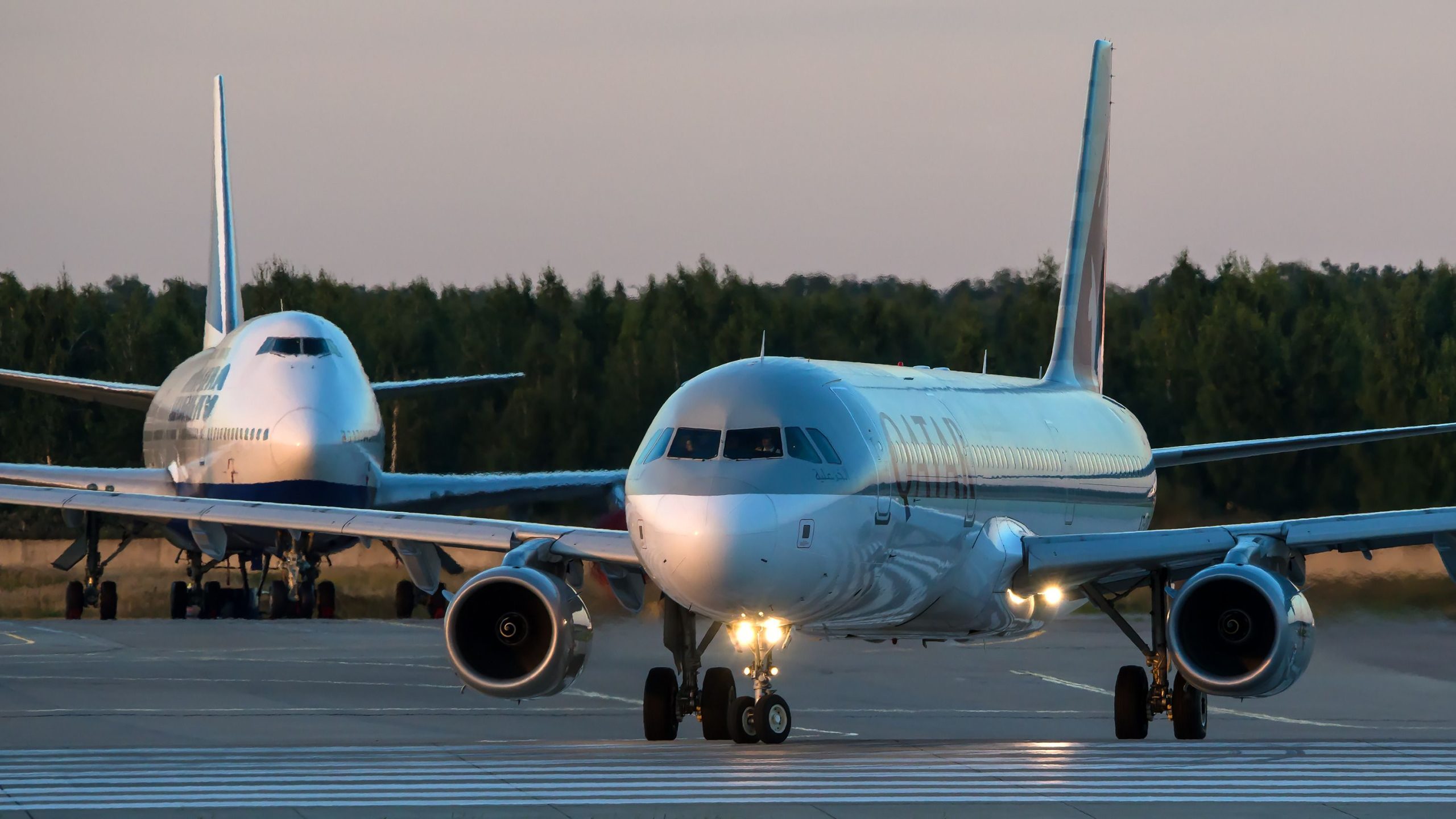Are you team Airbus or Boeing? If you are fond of commercial aviation, there are no doubts you have been asked this question before. The two leaders in aircraft manufacturing have been competing since the 1970s when the European consortium entered the market as an alternative to the American colossus.
Since then, Airbus and Boeing have been shaping the fleets of the world’s airlines, progressively upgrading their successful products to align with the evolving requests of an ever-changing and complex industry. While some carriers operate mixed fleets of Airbus and Boeing aircraft, others decide to invest completely in one particular manufacturer. The logic behind this decision has different natures, among which one finds economic advantages. However, an Airbus and a Boeing aircraft are entirely different products from many perspectives.
1 “I have the airplane.“
When boarding an aircraft, resisting the urge to peek inside the cockpit to admire where the magic happens can be difficult. This would allow you to identify one of the main differences between an Airbus and a Boeing aircraft. For the former, you would not spot the classic yoke in front of the pilots’ seats. Indeed, Airbus pilots use a sidestick similar to a console joystick to steer their aircraft.
Photo: PedkoAnton | Shutterstock
Boeing generally adopts a more classic approach to flight controls. The aircraft’s control surfaces, such as ailerons, elevators, and rudders, are activated by maneuvering the yoke. On the other hand, Airbus was the first manufacturer to introduce the Fly-By-Wire (FBW) concept. Unlike manual flight controls, the FBW system translates the pilots’ inputs into electrical signals. After processing the information received, these are transmitted to a computer that identifies the optimal way to activate the aircraft’s control surfaces.
No matter how hard Airbus pilots want their aircraft to pitch or roll, computer programming prevents the plane from performing maneuvers that are considered unsafe at specific stages of the flight. In other words, assuming there were no aircraft issues, where Boeing pilots could theoretically cause the aircraft to stall, their Airbus colleagues may find this more difficult, as an Airbus computer would prevent the aircraft from exceeding its operational limits.
2 Look at the door!
If you are flying on a short/medium-haul aircraft, it is pretty easy to tell if you are onboard an Airbus or Boeing plane. All you have to do is look at the door while boarding.
The Airbus A320 family and Boeing 737 family are the most popular short/mid-range aircraft families in the world. However, they differ in many different ways. One of the most noticeable is how the aircraft’s doors are designed. Airbus doors run parallel to the fuselage when opened, while a Boeing door moves crossway.
Photo: Mario Hagen | Shutterstock
Additionally, opening a Boeing door almost always implies turning a lever from left to right, whereas to open an Airbus door, the movement is from the bottom up.
3 Airbus’ signature: the “barking dog” sound
If you fly on an Airbus A320 family aircraft or an Airbus A330, you will most likely hear what is described as a “dog bark” sound at specific stages of the flight.
If this is the case, you have nothing to worry about. The sound is indeed a sign that the aircraft’s hydraulics are functioning correctly – phenomenal news. As it happens, this unusual noise is caused by the aircraft’s Power Transfer Unit (PTU) system, a hydraulic pump that ensures minimum pressure is maintained across the aircraft’s hydraulic systems.
Although some Boeing aircraft also feature a PTU, it operates differently, making it almost impossible for passengers on a Boeing aircraft to hear this noise.
4 Special historical ties with a particular major airline
Boeing and Airbus have played a fundamental role in shaping commercial aviation as we know it today. Among the two expert manufacturers, however, there is one whose history dates back to the very early days of aviation.
William E. Boeing was an American timber merchant who founded Aero Products Company after developing a single-engine, two-seat plane in 1916. The following year, the business name was changed to Boeing Airplane Company, and it started manufacturing flying boats for the US Navy during World War I.
Photo: Ken Fielding via Wikimedia Commons
After launching airmail services in 1928, William Boeing founded Boeing Airplane & Transport Corporation to expand into airline operations. The following year, the company was renamed United Aircraft and Transport Corporation and acquired smaller aircraft makers and engine manufacturers, including Pratt & Whitney. In 1931, four small airlines were added to the business, giving birth to United Airlines.
In 1934, the new US antitrust legislation prohibited aircraft manufacturers from being involved in air transport. Therefore, United Aircraft and Transport Corporation was dissolved, resulting in the Boeing Aircraft Company, United Technologies Corporation, and United Airlines – the same one flying all over the globe today.
5 More than just aircraft manufacturers
Although Airbus and Boeing are usually associated with plane manufacturing, both companies offer a more comprehensive range of products and services. Airbus, for instance, operates in the commercial aircraft, helicopters, defense, and space sectors. On the other hand, Boeing’s business areas entail commercial, space, and defense.
Photo: IanC66 | Shutterstock
Therefore, Airbus ventured into a market where it does not compete with its all-time American rival – civilian helicopters. In 2022, Airbus delivered 344 helicopters, six more than in 2021, with this division generating a revenue stream of €7 billion. That said, Boeing is notable for producing one of the most critical military helicopters, the CH-47 Chinook.
Can you think of other differences between Airbus and Boeing? Let us know by clicking on the comment button below!
Sources: Pilot Institute, ThrusFlightht, Britannica,







